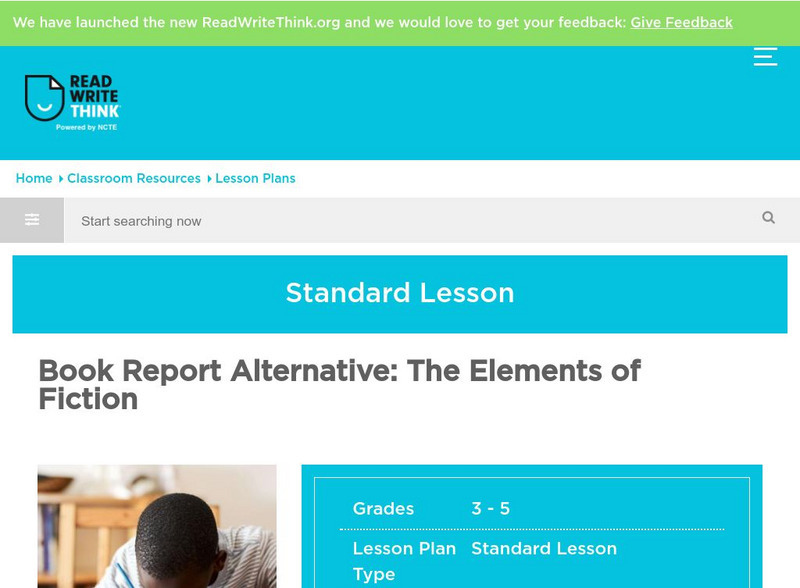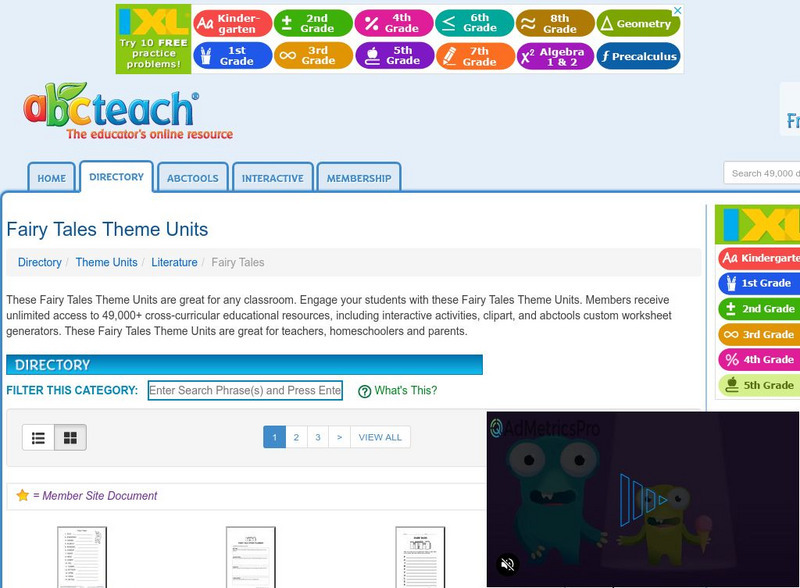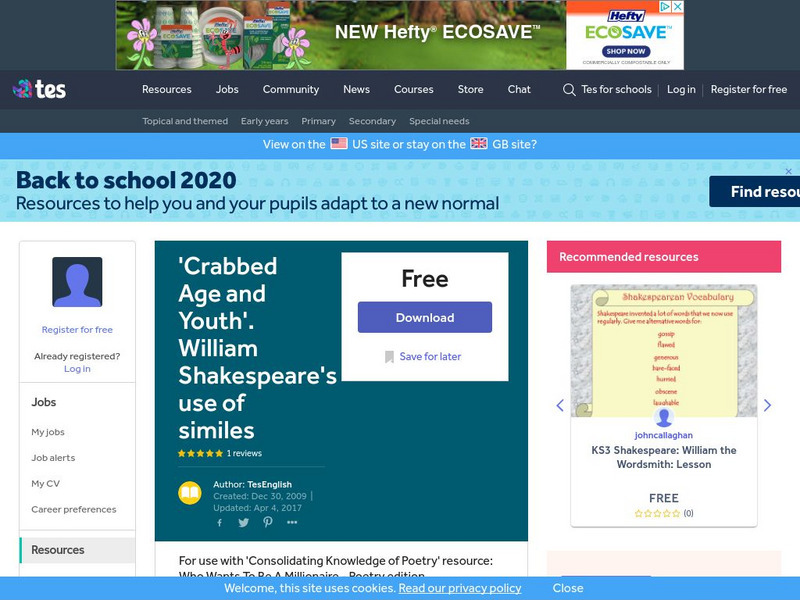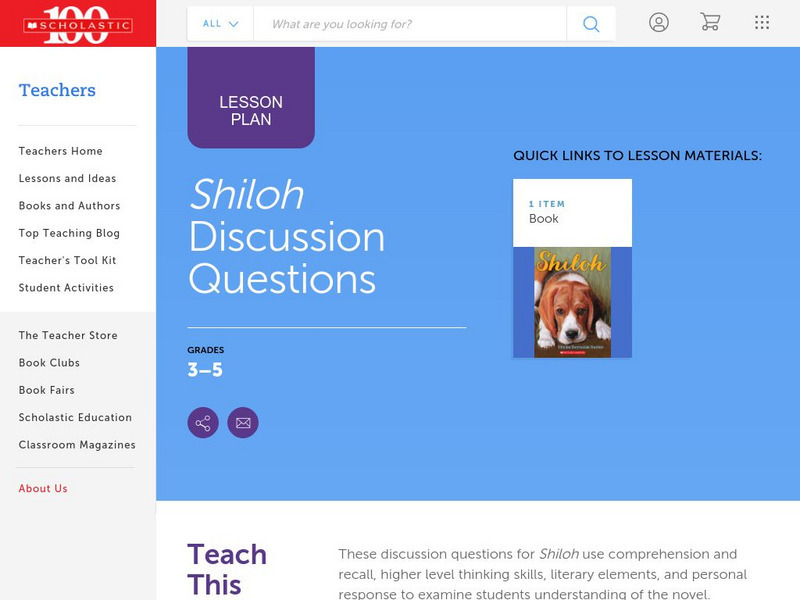Annenberg Foundation
Annenberg Learner: Literary Visions
Twenty-six half hour videos on literary analysis for high school students that feature authors, scholars, actors and noted critics. Topics include The Art of the Essay, Setting and Character in Short Fiction, Responding to Literature and...
Alabama Learning Exchange
Alex: Using a Fairy Tale to Teach the Elements of a Story
Students will hear and read different versions of a familiar fairy tale and identify what elements a story must have (character, plot, setting) for the story to be interesting and make sense. Using a Venn diagram, students will then...
ReadWriteThink
Read Write Think: Once Upon a Time Rethought Writing Fractured Fairy Tales
Contains plans for five lessons that teach about fairy tales and literary elements by having learners write their own fractured fairy tales. In addition to objectives and standards, this instructional plan contains links to sites used in...
Annenberg Foundation
Annenberg Learner: Literary Visions
A series of 24 instructional videos, each about 30 minutes in length, designed to teach literary analysis. Topics include Responding to Literature, The Elements of Short Fiction, Tone and Style in Short fiction, The Elements of Poetry,...
Other
Nclr: The Essentials of Teaching Reading
Find out what the essentials are for teaching reading. This site provides vital information for teachers in developing the most successful reading program for their students.
Georgia Department of Education
Ga Virtual Learning: Ninth Literature and Composition: Short Stories
This lesson provides and introduction to a short story unit. It focuses the lessons and morals taught by short stories and the use of literary elements in fiction. I provides a list of essential questions.
Teaching Channel
Teaching Channel: Exploring Poetic Elements
This is a teacher demonstrating and discussing teaching students poetic elements: learning the literary terms, their definitions, and how to apply the information when analyzing poetry.
Alabama Learning Exchange
Alex: Using Fairy Tales to Teach the Short Stories
Familiar fairy tales are used as guides to help students analyze the elements of the short story: plot, theme, setting, point of view, and character.
HotChalk
Hot Chalk: Lesson Plans Page: Elements of a Story
This resource provides a lesson plan to teach students about the elements of a story.
Read Works
Read Works: Grade 2: Two Lesson Unit: Theme
[Free Registration/Login Required] A set of two lesson plans designed to teach students to use story elements to identify theme and to match a given theme to a story. Lessons are based on the book Aesop's Fables by Jerry Pinkney....
ReadWriteThink
Read Write Think: Id, Ego, and Superego in Dr. Seuss's "The Cat in the Hat"
Contains plans for seven lessons that use Dr. Seuss's "The Cat in the Hat" to teach the literary elements of plot, theme, and character to high school students. It also teaches about psychoanalytic criticism concepts such as the Id, Ego,...
ReadWriteThink
Read Write Think: Using Picture Books to Teach Plot Development and Confict Res.
Students read picture books to explore the concepts of plot development and conflict resolution. They first learn about the connections between reading and writing, and then revise their own writing. CCSS.ELA-Literacy.CCRA.R.4
Houghton Mifflin Harcourt
Holt, Rinehart and Winston: Elements of Literature: Guide to Pride and Prejudice [Pdf]
Get a quick handle on the literary elements, teaching issues and background of Jane Austen's famous novel with this guide. Four pages of .pdf offer chapter by chapter summary as well.
TES Global
Blendspace: Rl5.3 Fables: Analyzing Theme, Story Elements, Text Structure
A six-part learning module with images, graphic organizers, videos, web links and more to teach students how to analyze theme, story elements, and text structure in fables.
Penguin Publishing
Penguin Random House: Teacher's Guide to Jules Verne's a Journey to the Center of the Earth [Pdf]
This resource provides chapter-by-chapter study questions, sections on literary elements, classroom activities and related book lists. PDF (requires Adobe Reader).
Annenberg Foundation
Annenberg Learner: Conversations in Literature
A research based workshop by Judith Langer on bringing the joy of reading literature to your class. An excellent professional development resource, with eight videos on demand. Topics include Responding as Readers, Objectifying the Text,...
Poetry Foundation
Poetry Foundation: Dream in Color: Resource Guide for Elem School Teachers [Pdf]
Explore a wealth of poems, lesson plans, and classroom activities to help elementary school students discover the diversity in African-American poets and create their own voice in poetry. PDF (requires Adobe Reader).
ReadWriteThink
Read Write Think: Book Report Alternative: The Elements of Fiction
Analyzing a book takes the form of creating their own when students complete this activity. The stated goal is to help students "Read like writers." Includes link to a template for student use.
abcteach
Abcteach: Fairy Tale Printouts: Abc teach.com
[Free Registration/Login Required] This fairy tale resource features activities, bar graphs, word searches, crossword puzzles and more. Teachers can print out many of these materials quickly and easily.
Better Lesson
Better Lesson: Miss Nelson Is Missing Key Details
Where did Miss Nelson go? We look at the key details in the text to determine what is happening throughout the story. Students will locate and record key details about story elements (characters, setting, problem, solution, and theme) in...
TES Global
Tes: 'Crabbed Age and Youth'. William Shakespeare's Use of Similes
[Free Registration/Login Required] This learning module contains a PowerPoint game that reviews literary and figurative elements that are present in poetry. Students will also analyze the William Shakespeare's poem, "Crabbed Age of...
Scholastic
Scholastic: Shiloh Discussion Questions
Come and check out this informative resource featuring discussion questions, a description of the book, a vocabulary builder, and an extension activity for the book "Shiloh."
ReadWriteThink
Read Write Think: Defining and Exploring an Author's Stylistic Choices
Contains plans for two lessons that teach students how to recognize an author's use of style in literature. These plans use "Their Eyes Were Watching God" by Zora Neale Hurston as an example, but the basic ideas can be adapted to other...






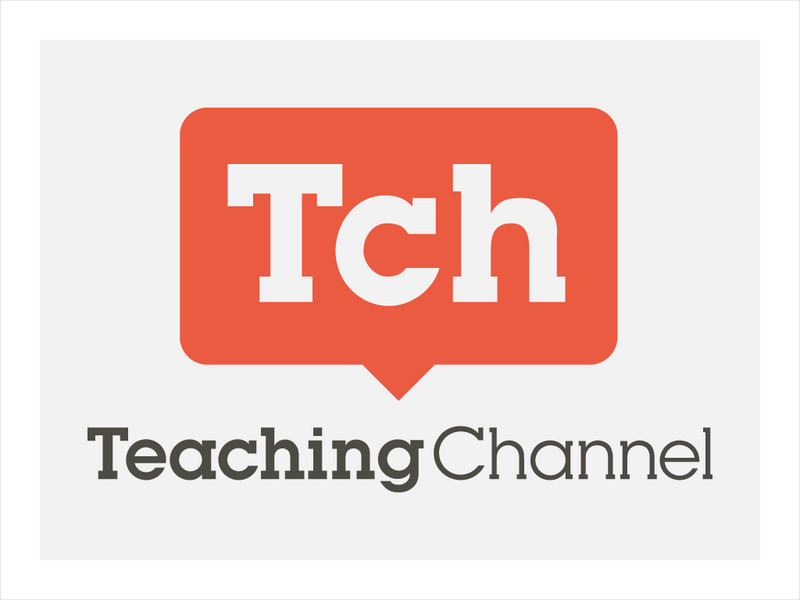


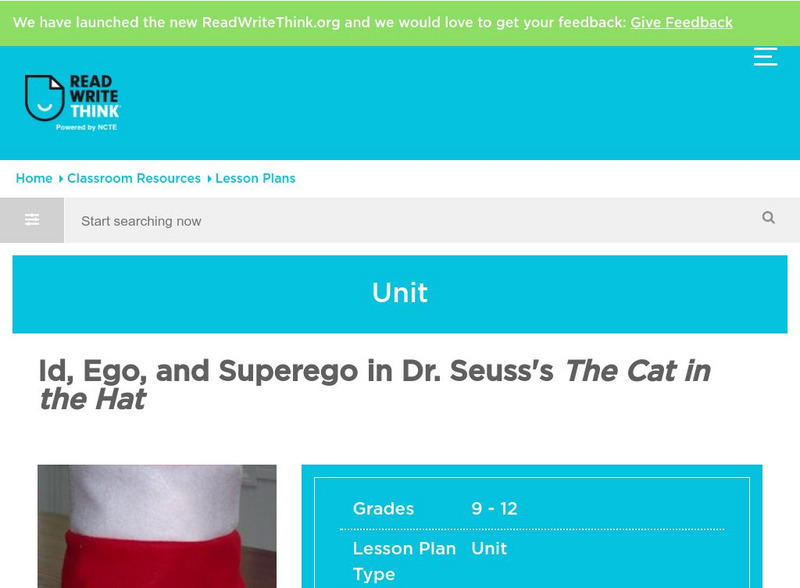

![Holt, Rinehart and Winston: Elements of Literature: Guide to Pride and Prejudice [Pdf] Unit Plan Holt, Rinehart and Winston: Elements of Literature: Guide to Pride and Prejudice [Pdf] Unit Plan](http://content.lessonplanet.com/resources/thumbnails/410090/large/bwluav9tywdpy2symdiwmduymc0xnjy4my0xmnmzbnhslmpwzw.jpg?1589985356)

![Poetry Foundation: Dream in Color: Resource Guide for Elem School Teachers [Pdf] Lesson Plan Poetry Foundation: Dream in Color: Resource Guide for Elem School Teachers [Pdf] Lesson Plan](http://content.lessonplanet.com/resources/thumbnails/410000/large/bwluav9tywdpy2symdiwmduymc0ymze2nc0xcm9xbjkylmpwzw.jpg?1589983063)
